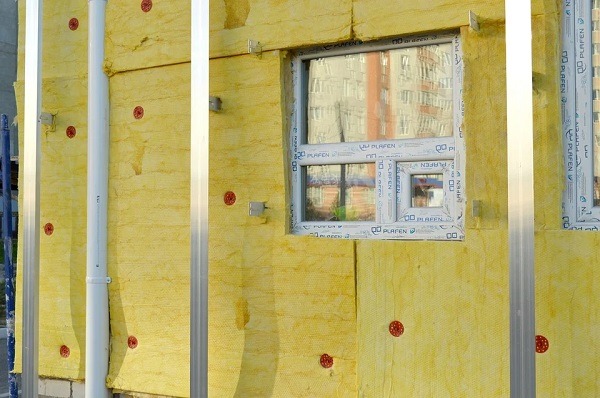The overall efficiency of your home may help you save money on heating costs, be good for the environment, and keep you warm during the colder months. The R-Value of the insulation is determined in large part by the type of insulation employed and how it’s installed. However, when it comes to selecting the ideal insulation for houses, the number of options may be overwhelming.
What Does Insulation Do for a House?
An uninsulated building’s walls, windows, and roof can all lose heart. An uninsulated house may lose up to 33% of its heat through the walls, 20% of its heat through the windows, 15% of its energy through the floors, and 25% of its energy via the roof. You may save money by insulating your home effectively, resulting in lower heating costs while also conserving energy.
What Is The Best Kind Of Insulation For A House?
Retrofitting older homes with modern insulating systems that are highly effective is not always possible, therefore in many cases, new builds are equipped with contemporary insulation methods. In old properties, retrofitting is frequently required. If you’re retrofitting, certain kinds of insulation will be difficult to use, such as polystyrene sheets. Fortunately, there are several affordable and simple solutions available.
Walls & Ceilings: Dry lining is one of the most popular ways to increase thermal insulation in walls and ceilings. Because dry lining materials are inexpensive and the procedure for installation is simple, this is often the case. By nailing boards to the walls, you may install internal walls of this sort. Plasterboard walls can be quickly constructed using insulation fasteners, making the task simple for plasterers and non-experts alike.
Lofts & Roofs: Batting or rolls of wool may be used instead of cellulose when insulating a loft. Both are environmentally-friendly choices with several insulation advantages. Wool is a wonderful material to keep your home warm and pleasant. It isn’t combustible, so you can store it in the loft without fear of catching fire.
Spray foam is another popular option for adding insulating layers to your home. Spray foams, while not the most environmentally-friendly product, are highly effective, quick to install (when done correctly), and adaptable to use. Foam sprays, on the other hand, are not as simple to use as they appear. They may be tough to remove, especially if you aren’t using a specific technique. It’s worth paying someone with experience a visit to ensure that everything is done correctly.
What Is the Best Way to Find Out if Your Home Is Well-Insulated?
There are a few easy methods for determining whether your property is properly insulated. Looking at your heating bills is a good place to start. You may compare your energy expenditures to those of comparable-sized homes to see how they compare.
Another approach to determining whether your home is adequately insulated is to consider how you feel. Are there any chilly drafts or winds blowing in even when windows and doors are shut? If that’s the case, it’s probable that you need to step up your insulation efforts.
Final Notes
There are a variety of insulation products accessible to homeowners, all of which aim to keep you warm. The insulation you choose will be determined by the structure of your home and budget, but as a rule of thumb, dry lining and wool insulation help to keep costs low.

